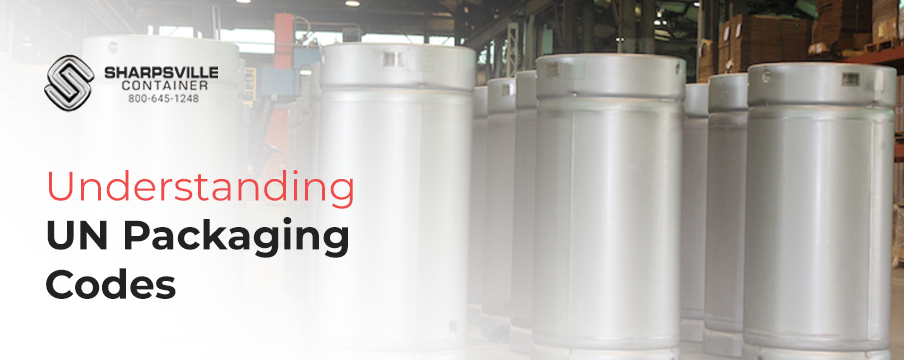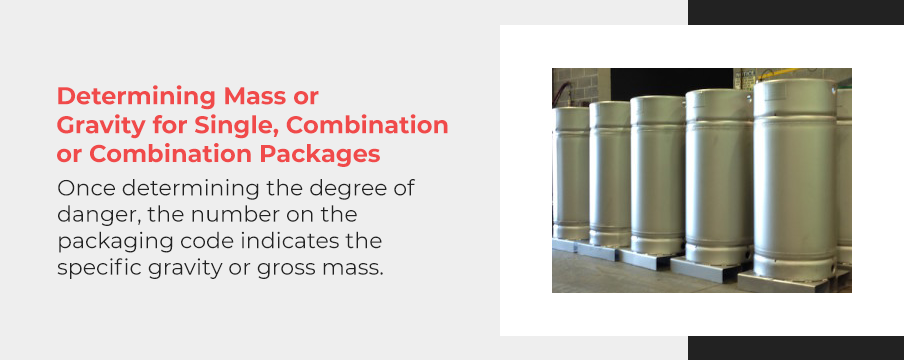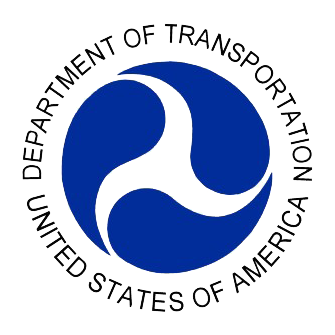Understanding UN Packaging Codes

To meet UN packaging requirements, you will need to have a handle on UN packaging codes and what they mean. These codes are in place to ensure that those involved in shipping materials are following regulations and transporting materials safely. These requirements enable easy packaging code lookup and tracking of packages.
What is a UN Packaging Code?
A UN packaging code indicates a variety of characteristics of the packaging being transported. It also shows that the packaging has passed UN packaging testing. The various test levels identify the chemical and physical characteristics of the materials in the packages. The markings corresponding to these test results alert the handler to the materials in the container and what sort of container it is. For example, drum markings differ from jerrican markings, even if they both hold the same material.
What Does the UN Symbol Mean?
The United Nations (UN) symbol means that the packaging has gone through UN testing and certification.
The Packaging Identification Codes
There are three styles of packaging identification codes that often follow the UN symbol:
- A combination of a number and letter is listed, signaling information about the construction material and packaging type. For instance, you might see code 2D, which indicates a wooden barrel made from plywood, while the code 4D stands for a plywood crate.
- Along with a combination of a number and a letter that indicates a packaging type and construction material, the next style of codes also includes a subcategory inside variation or packaging type. For example, the code 1A1 will indicate a head steel drum that’s non-removable.
- In the third style, the description includes a number, letter, another letter and, finally, another number. The marking starts with a six to indicate the composite type, with two letters following it. The first letter indicates the material of the inner receptacle while the second letter indicates the outer material. After the two letters, the final number indicates the outer material. For instance, 6HA1 stands for composite packaging that consists of a steel outer drum and plastic inner receptacle.
Intermediate Bulk Containers
Intermediate Bulk Containers (IBCs) are flexible or rigid containers that are primarily used to transport liquid or viscous material. One of the most durable forms of these IBCs is stainless steel.
You can determine if an IBC is made out of stainless steel by seeing if the first letter in the packaging identification codes is marked with an “A.” Companies choose stainless steel to provide superior protection for the materials they need transported.
What Are the Different Packing Groups?
Following the packaging codes is the packaging group level equivalent, with the letters X, Y or Z indicating different degrees of danger.
- X represents packaging Group I, which indicates the highest level of danger
- Y represents packaging Group II, which indicates a medium level of danger
- Z represents packaging Group III, which indicates the lowest level of danger
It should be noted that packaging that has the highest level of danger can still house hazard materials of a lower level of danger. The same principle applies to the medium degree of danger packaging, as it can house a lower degree of danger materials. You can think of it like this:
- X can house packing groups I, II and III
- Y can house packaging groups II and III
- Z can only house packaging group III
Determining Mass or Gravity for Single, Combination or Combination Packages
Once determining the degree of danger, the number on the packaging code indicates the specific gravity or gross mass. For combination packaging that can be included inside solid or composite packaging, knowing the mass or gravity of your package once filled is key to meeting shipping requirements. Below are the two main types of markings you should be aware of:
1. Solids Need Gross Mass
With composite or single packagings that are meant to hold combination packaging for every material or solid, the mark should list the maximum gross mass allowable for the package to weigh after it’s been filled. This weight will take into account both the packaging and its contents.
2. Liquids Need Specific Gravity
Hazardous liquid materials that come in composite or single packaging will need to follow the maximum amount of specific gravity that is allowed for the packaging. As such, the packaging will use a mark that lists the maximum amount of specific gravity that’s allowed for liquid packaging.
Markings for Single, Combination or Composite Packaging
After you’ve established the mass or gravity of the package, you will need to provide markings on single or composite packaging to indicate whether you are transporting liquids or solid. See the ways you are meant to mark solids or liquids as you transport them in single or combination packaging:
1. Solids
Composite or single packagings that are meant to contain combination or solid packagings or that come with multiple types of materials will be marked with the capital S.
2. Liquids
When a liquid hazardous material is transported in composite or solid packagings, you should place a mark on it that indicates how high the hydrostatic pressure of the container went to when tested. The marking should use kilopascals (kPa) to mark the pressure.
Understanding Hazardous Container Markings
Hazardous packaging codes complement other hazardous container labels and placards. They are essential to understand and have on your packaging. A hazard marking tells transporters what sort of materials are in the package and how they should be handled and ensures that your company complies with hazmat transport regulation. If there is an accident, the marking will also help emergency responders know what steps they should take to contain hazardous materials.
Often, these markings will use proper shipping names, UN numbers or other descriptors to identify the hazardous materials. Unlike hazard labels or placards, the markings do not have to come in a specific color, shape or size, but they do have to sharply contrast the background and not be obstructed by any other materials.
Required Tests for Non-Bulk Packaging
As you prepare to ship non-bulk packaging, there are a few tests required. Below is a list of tests required for non-bulk packaging, depending on their contents, pursuant to codes §178.502 and §178.503 of the U.S. Code of Federal Regulation.
- Drop test: All packaging design types
- Leakproofness test: All packaging design types intended for liquids
- Hydrostatic test: All metal, plastic and composite design types that are going to contain liquids
- Stacking test: All packaging design types other than bags
- Cooperage test: All bung-type wooden barrels
- Vibration test: All packaging design types
- Pressure differential: Packaging that’s intended for air transportation
Custom Fabrication of Hazardous Material Vessels
If you need to re-design existing components of your hazardous material vessel to reduce costs, you’ll need to work with a company that offers fabrication services. At times, you’ll need to adjust the design of your hazardous material vessels to better accommodate the packaging and material you are shipping. Custom fabrication will ensure you have vessels that can properly transport hazardous materials.
As a full-service equipment manufacturer, Sharpsville Container will discuss with you the fabrication solutions that best meet your needs. Contact us today to speak with one of our friendly representatives who will be sure to find a solution that works for you. Along with contacting us with any questions, you can request a free quote, which our team will put together and get to you as soon as possible.







